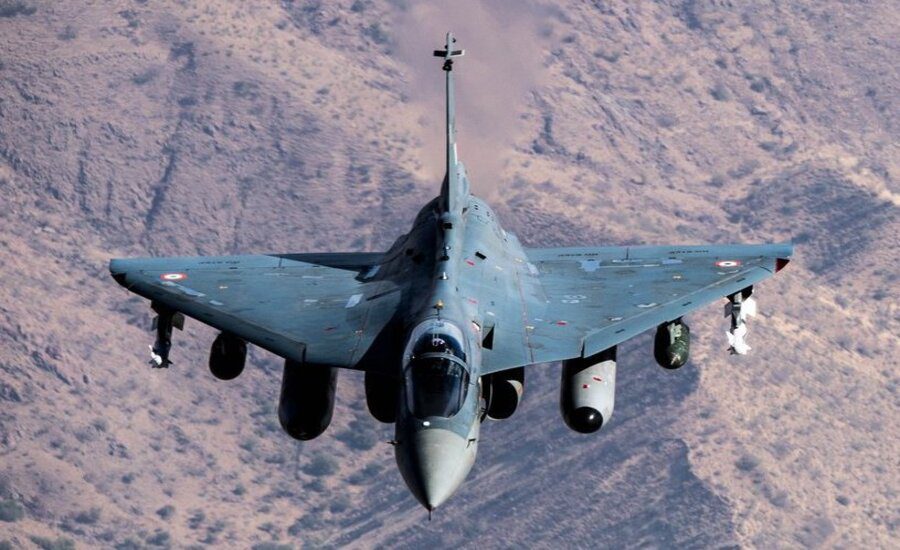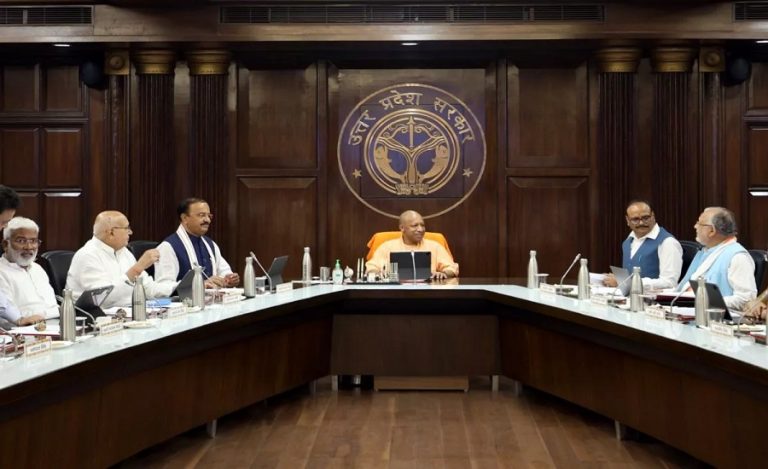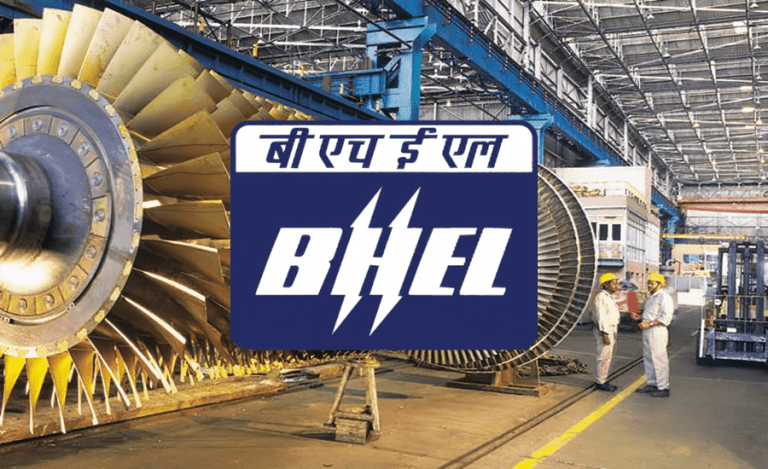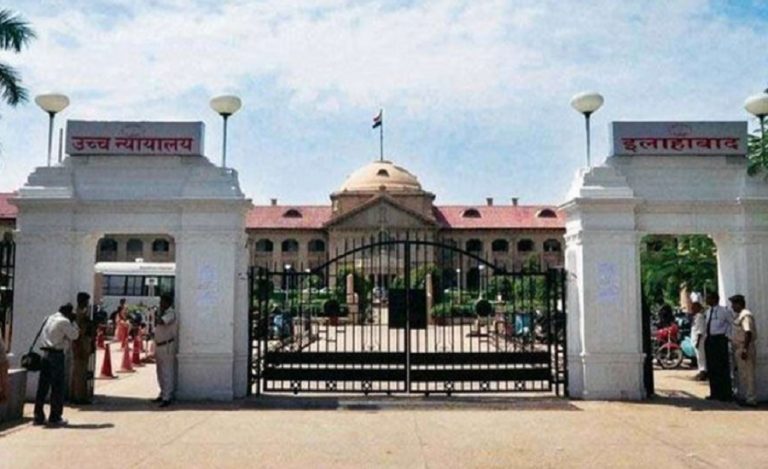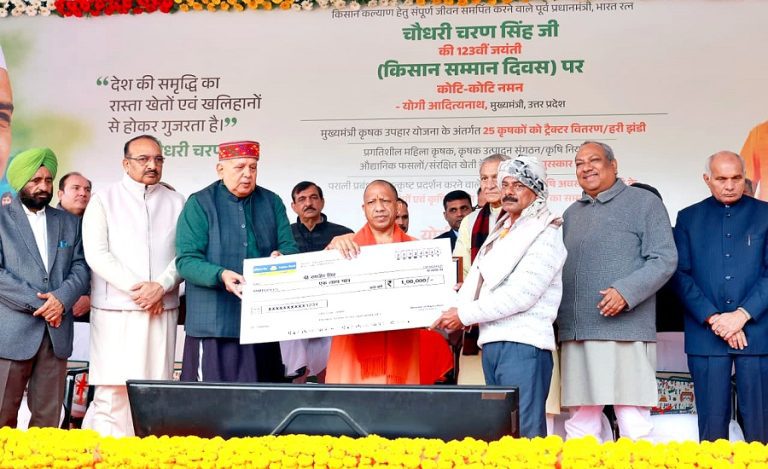New Delhi: India’s defence procurement environment is rapidly shifting. The Ministry of Defence (MoD) has adopted a more exacting posture: in the case of the 114-jet Medium Role Fighter Aircraft (MRFA) programme for the Indian Air Force, it is insisting on stronger industrial participation, meaningful technology transfer and domestic sustainment capabilities.
This reflects New Delhi’s long-term strategic goal of reducing dependence on foreign suppliers, bolstering the domestic defence manufacturing base, and ensuring strategic autonomy in a complex regional security environment.
Key Demands Laid Out in the MRFA Programme
1. Clear Work-Share and Local Supply Chain Metrics: The MoD has flagged that the current work-share distribution and local sourcing commitments in the bidder submissions lack sufficient clarity. The ministry is now requiring firms to present a well-defined roadmap with measurable localisation milestones.
2. Life-Cycle Cost Transparency: Beyond initial acquisition, the MoD is requesting full transparency on life-cycle costs — including maintenance, upgrades, spares and sustainment over 30 years. The aim: avoid hidden costs and dependency on imported spares.
3. Full-Spectrum MRO & Export-Capable Production: The MoD wants bidders to commit to establishing in-country Maintenance, Repair & Overhaul (MRO) ecosystems, create export-compliant production lines and ensure that critical avionics and systems manufacturing happens in India.
Read also: Lucknow’s ₹380 Crore BrahMos Missile Facility Marks India’s Leap in Indigenous Defence Manufacturing
If the current frontrunner (Dassault Aviation) is chosen, it must offer enhanced local work-share compared to earlier Rafale deals.
Why This Matters: Strategic Implications
Strengthened Defence Industrial Base: These tightened criteria boost domestic firms and promote greater technology absorption, aligning with the “Atmanirbhar Bharat” vision.
Cost-Predictability for India: With clear life-cycle cost modelling, India hopes to avoid surprise escalations or supply-chain bottlenecks down the line.
Competitive Pressure on Bidders: Dassault and other contenders now face added pressure to raise localisation commitments. Other jets like the F‑15EX, F‑21, Gripen‑E or Eurofighter Typhoon may gain renewed traction if they promise deeper Make-in-India participation.
Shift from Buyer to Partner: India is signalling a shift—from simply buying major platforms to co-developing and producing them domestically, enhancing long-term self-reliance.
Where the Process Stands Now
The MRFA timeline may face adjustment as evaluation teams revisit submissions, incorporate the enhanced criteria and secure binding industrial commitments from bidders.
India is seeking not just a vendor, but a strategic partner capable of delivering not only aircraft, but a full ecosystem of support, production and exports over decades.
What to Watch Going Forward
Whether Dassault matches India’s new localisation benchmarks, and how its offer changes.
Movement of other eligible contenders (e.g., Boeing, Lockheed Martin, SAAB, Eurofighter) to highlight stronger India-based production and exports.
Read also: EU’s Big Diwali Gift to India: Brussels Approves New Strategic Agenda for Trade, Defence & Tech
The update to MoD procurement procedures to incorporate these demands across other major programmes.
Domestic industry reaction: MSMEs and larger firms responding to new opportunities for participation in aircraft production, avionics, MRO and supply chain.
Impact on India’s broader export ambitions: if the winning programme includes export-permissible production, India could emerge as a defence export hub.

